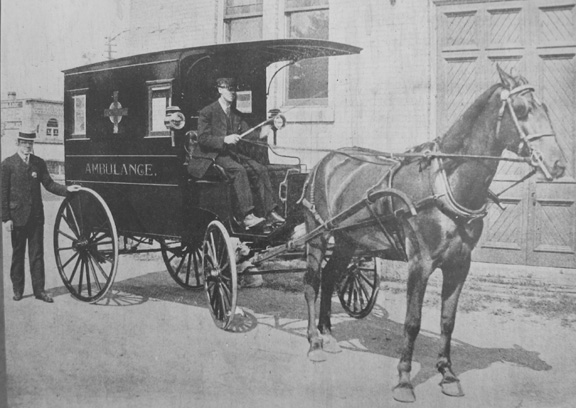EMS History

Emergency medical services (EMS), as a profession, is now barely a generation old. All of us working in the EMS professions recognize the enormous debt of gratitude that we owe to our predecessors for the astounding progress that has been made during our professional lifetimes in all aspects of the field, including education. We now have the opportunity to honor their foresight, and build upon the solid foundation they created, by designing a structure for the EMS education system worthy of their dreams and aspirations for us, their successors. We owe it to them, ourselves, and our patients to carry on the work our predecessors began, in a way that extends their vision far into the next millennium.
In 1996, the National Highway Traffic Safety Administration (NHTSA) and the Health Resources and Services Administration (HRSA) published the highly regarded consensus document titled the EMS Agenda for the Future, commonly referred to as the Agenda. This was a federally funded position paper completed by the National Association of EMS Physicians (NAEMSP) in conjunction with the National Association of State EMS Directors (NASEMSD). The intent of the Agenda was to create a common vision for the future of EMS. This document was designed for use by government and private organizations at the national, state, and local levels to help guide planning, decision making, and policy regarding EMS. The Agenda addressed 14 attributes of EMS, including the EMS education system.
Emergency Medical Responder: The lowest level of responder, the EMR possesses simple skills to provide immediate lifesaving care for critical patients. The EMR can render on-scene interventions while awaiting additional resources and may serve as part of a transport crew, but generally will not be the primary caregiver. Licensure as an EMR requires completion of an accredited training program.
Emergency Medical Technician: The EMT conducts basic, noninvasive interventions to reduce the morbidity and mortality of acute out-of-hospital emergencies. They have all the EMR's capabilities, plus additional skills associated with patient transport. In many places EMTs provide the majority of out-of-hospital care, and in some places the highest level. Licensure as an EMT requires completion of an accredited course.
Advanced Emergency Medical Technician: The AEMT has all the skills of the EMR and EMT, and can also conduct limited advanced and pharmacological interventions. This level allows provision of high-benefit, lower-risk advanced skills by systems that can't support Paramedic-level care. In some jurisdictions, AEMTs may represent the highest level of out-of-hospital care. Licensure requires completion of an accredited course.
Paramedic: The Paramedic is an allied health professional who can conduct invasive and pharmacological interventions. Possessing all the skills of the lower-level providers, Paramedics can also conduct a broader range of interventions based on skills that are harder to maintain and pose greater risk to patients if done incorrectly. Paramedic care is based on advanced assessment and formulating a field impression. Licensure requires successful completion of a nationally accredited Paramedic program at the certificate or associate's degree level.